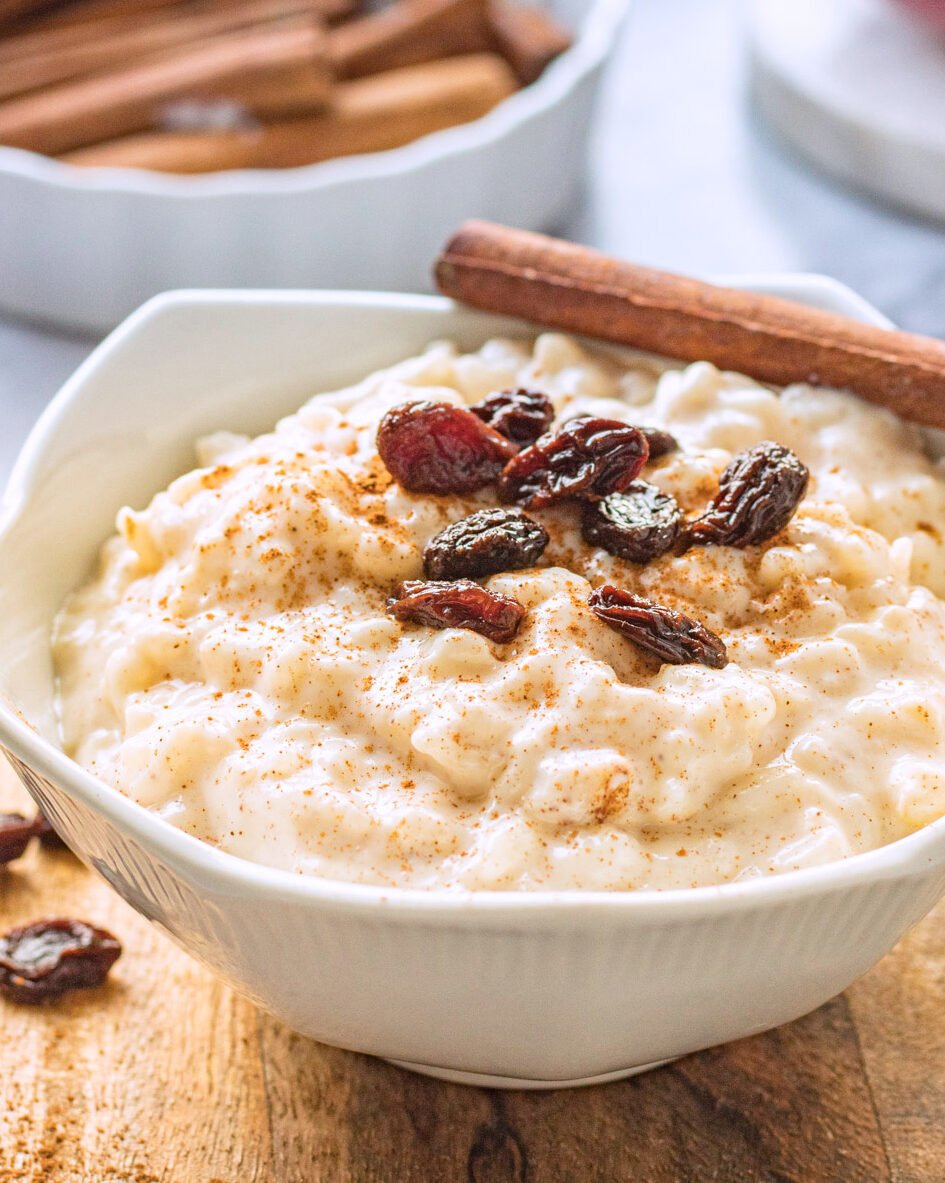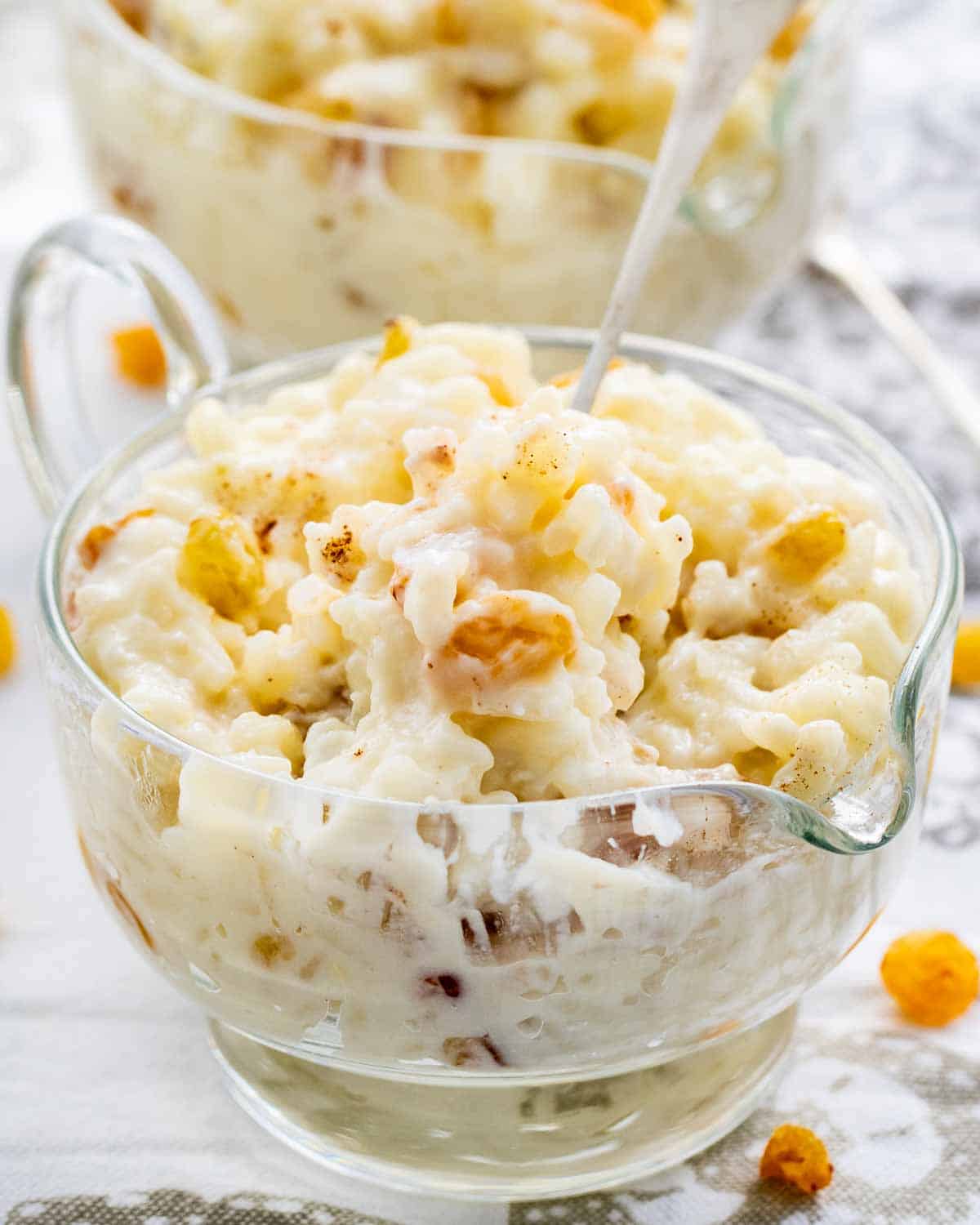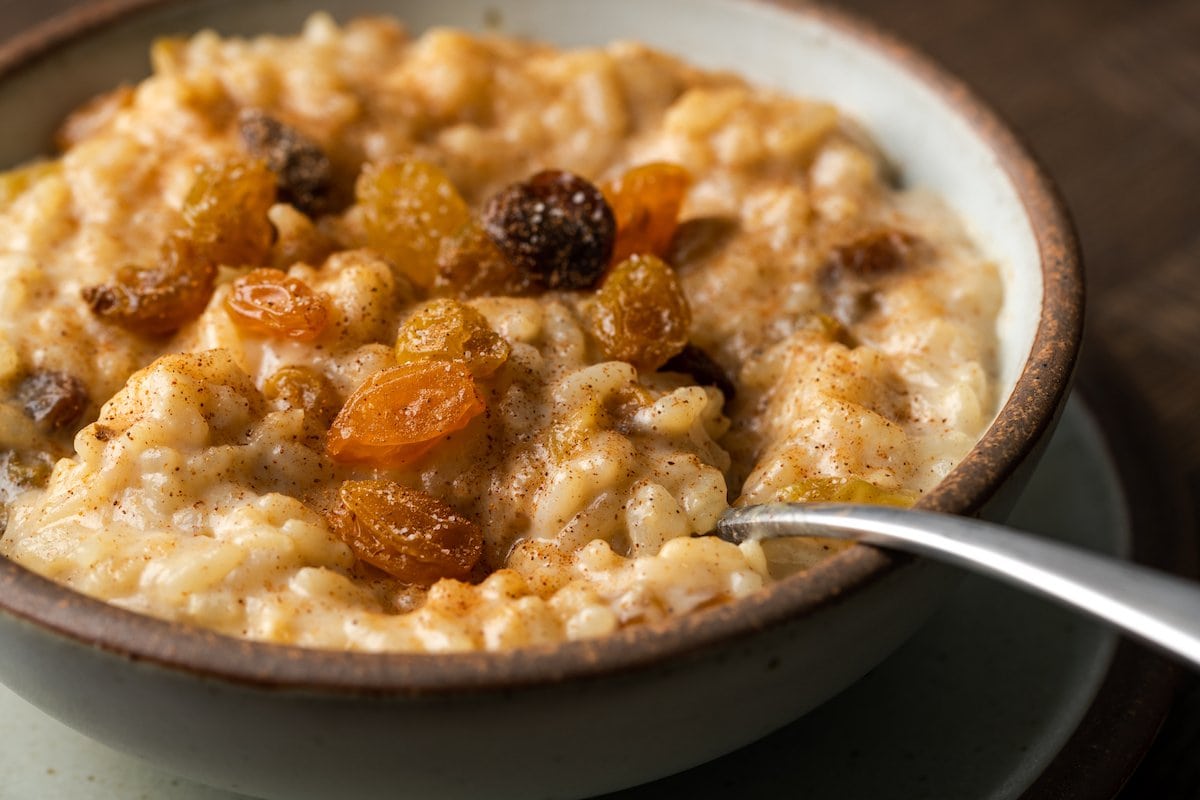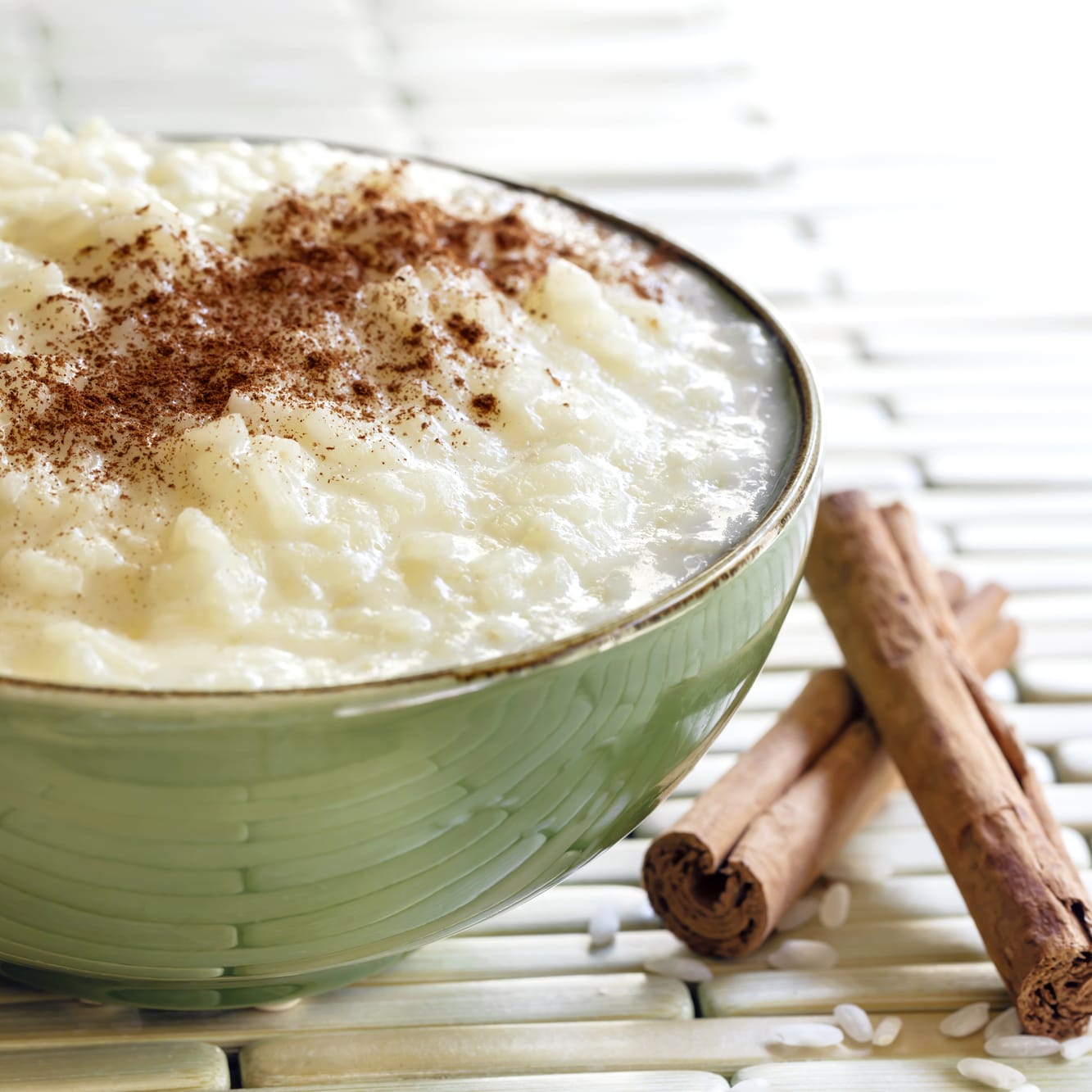Rice pudding is a timeless dessert that has been enjoyed by cultures around the world for centuries. Its creamy texture and comforting flavors make it a beloved treat for all ages. In this comprehensive guide, we will explore the history of rice pudding, delve into its various regional variations, and provide you with a step-by-step recipe to create your own delicious batch of rice pudding at home.
Introduction to Rice Pudding

Rice pudding is a versatile dessert that can be enjoyed warm or cold, and it can be flavored in numerous ways to suit different tastes. While its exact origins are unclear, rice pudding is believed to have originated in Asia and spread to Europe and the Middle East via trade routes. Today, rice pudding is enjoyed in countries all over the world, each with its own unique twist on the classic recipe.
Regional Variations of Rice Pudding
Asian Rice Puddings
In Asia, rice pudding is often made with sticky rice and coconut milk, resulting in a rich and creamy dessert with a tropical twist. Ingredients such as pandan leaves, palm sugar, and mango are commonly used to add flavor and sweetness to Asian rice pudding recipes.
European Rice Puddings
European rice pudding recipes typically feature ingredients such as milk, sugar, and vanilla, resulting in a simple yet comforting dessert that is often served warm with a sprinkle of cinnamon or nutmeg. In some European countries, rice pudding is also flavored with ingredients such as orange zest, almond extract, or raisins.
Middle Eastern Rice Puddings
In the Middle East, rice pudding is often flavored with rose water, cardamom, and pistachios, giving it a fragrant and exotic taste. Middle Eastern rice pudding recipes may also include ingredients such as saffron, cinnamon, or dates for added flavor and sweetness.
The Perfect Rice Pudding Recipe

Now that we’ve explored the history and regional variations of rice pudding, let’s dive into a classic recipe that you can make at home. This recipe combines the creamy texture of whole milk and heavy cream with the subtle sweetness of vanilla and cinnamon to create a decadent dessert that is sure to please your taste buds.
Ingredients
- 1 cup of short-grain white rice (such as Arborio)
- 4 cups of whole milk
- 1 cup of heavy cream
- 1/2 cup of granulated sugar
- 1 teaspoon of vanilla extract
- 1/2 teaspoon of ground cinnamon
- Pinch of salt
Instructions
-
Rinse the Rice
Rinsing the rice is a crucial step in preparing rice pudding as it helps to remove excess starch from the rice grains. When rice is harvested and processed, it can accumulate starch on the surface, which can cause the grains to become sticky and clump together when cooked. By rinsing the rice under cold water before cooking, you can wash away this excess starch and ensure that the rice cooks evenly and maintains a light, fluffy texture.
To rinse the rice, simply place it in a fine-mesh strainer or colander and run cold water over it, stirring gently with your fingers. Continue rinsing until the water runs clear, indicating that most of the starch has been removed from the rice grains. This process only takes a minute or two but can significantly improve the quality of your rice pudding by preventing it from becoming overly sticky or gummy.
Rinsing the rice also helps to remove any impurities or debris that may be present, ensuring that your rice pudding is clean and free from unwanted particles. Additionally, rinsing the rice can help to reduce the risk of the pudding becoming too thick or starchy during cooking, resulting in a smoother and more evenly textured dessert.
-
Combine Ingredients
To combine the ingredients, you’ll need to gather the rice, milk, cream, sugar, vanilla extract, ground cinnamon, and a pinch of salt in a large saucepan or pot. Each ingredient plays a specific role in contributing to the overall taste and consistency of the rice pudding:
- Rice: The main ingredient, which provides the bulk of the pudding and contributes to its creamy texture when cooked.
- Milk and Cream: These dairy ingredients serve as the liquid base for the pudding, providing richness and creaminess.
- Sugar: Adds sweetness to the pudding, balancing out the flavors and enhancing its overall taste.
- Vanilla Extract: Imparts a warm, aromatic flavor to the pudding, enhancing its sweetness and depth.
- Ground Cinnamon: Provides a subtle spice and warmth to the pudding, complementing the other flavors.
- Pinch of Salt: Helps to balance the sweetness and enhances the overall flavor profile of the pudding.
Once you have all the ingredients assembled, simply add them to the saucepan or pot, ensuring that they are evenly distributed. Stir the mixture gently to combine the ingredients, making sure that the sugar is dissolved and evenly distributed throughout the liquid.
Bringing the ingredients together at this stage allows them to meld and infuse their flavors, ensuring that each spoonful of rice pudding is perfectly balanced and delicious. It also ensures that the rice grains are evenly coated with the creamy liquid, helping them to cook evenly and absorb the flavors as the pudding simmers.
-
Bring to a Simmer
When the mixture reaches a simmer, the heat causes the liquid (milk and cream) to release steam, creating gentle bubbles that rise to the surface. This action helps to infuse the flavors of the vanilla, cinnamon, and other ingredients into the rice grains, enhancing the overall taste of the pudding.
Simmering also activates the starches in the rice, causing them to swell and absorb the surrounding liquid. This process is crucial for thickening the pudding and creating its signature creamy texture. As the rice absorbs the liquid and softens, it releases starch into the mixture, further thickening it and giving it body.
However, it’s essential to bring the mixture to a gentle simmer rather than a rolling boil. A gentle simmer ensures that the rice cooks evenly and prevents the milk from scorching or boiling over. Vigorous boiling can cause the milk to curdle and result in a gritty or unpleasant texture in the pudding.
To bring the mixture to a simmer, you’ll want to adjust the heat to medium or medium-low, depending on your stovetop. Keep a close eye on the pot, stirring occasionally to prevent the rice from sticking to the bottom and ensure even cooking. Once you see small bubbles forming around the edges of the pot and a gentle movement in the center, you’ve reached a simmer.
At this point, reduce the heat slightly to maintain the simmer and continue cooking the pudding until the rice is tender and the mixture has thickened to your desired consistency. This typically takes about 25-30 minutes, but it’s essential to monitor the pudding closely and adjust the heat as needed to prevent it from boiling too vigorously.
-
Cook Until Thickened
As the rice cooks, it releases starch into the surrounding liquid, which helps to thicken the pudding. Additionally, the milk and cream reduce and evaporate slightly during the cooking process, further contributing to the thickening of the mixture. This gradual reduction and thickening result in a velvety-smooth texture that coats the back of a spoon.
It’s important to cook the rice pudding over low heat to prevent it from boiling too vigorously, which can cause the milk to curdle or scorch. Gentle, steady heat allows the rice to cook evenly and absorb the liquid gradually, ensuring that the pudding thickens uniformly without any lumps or uneven texture.
Throughout the cooking process, it’s essential to stir the pudding frequently to prevent the rice from sticking to the bottom of the pot and to ensure even thickening. Stirring also helps to distribute the heat evenly throughout the mixture, preventing any areas from becoming too thick or overcooked.
As the pudding cooks, you’ll notice it gradually thickening and taking on a creamy consistency. The rice grains will become tender, and the mixture will become more cohesive and pudding-like. It’s essential to cook the pudding until it reaches the desired thickness, keeping in mind that it will continue to thicken slightly as it cools.
Determining the ideal thickness is a matter of personal preference, but a good rule of thumb is to aim for a consistency that is creamy and spoonable without being too thin or too thick. Keep in mind that the pudding will thicken further as it cools, so it’s okay if it seems slightly runnier than desired when you remove it from the heat.
-
Serve Warm or Cold
Serving Warm:
Serving rice pudding warm is a traditional and comforting option that enhances the creamy texture and indulgent flavor of the dessert. When served warm, the pudding feels like a cozy embrace, making it an ideal choice for cold winter evenings or when you’re craving something comforting and satisfying.
The warmth of the pudding also helps to release its aromatic flavors, such as vanilla and cinnamon, creating a sensory experience that is both comforting and inviting. Warm rice pudding is often served in individual bowls or cups, allowing each serving to be enjoyed while it’s still steaming hot.
To serve rice pudding warm, simply ladle it into serving bowls or cups immediately after cooking and allow it to cool slightly before serving. Garnish with a sprinkle of cinnamon or a dollop of whipped cream for an extra touch of indulgence.
Serving Cold:
Serving rice pudding cold offers a refreshing twist on this classic dessert, making it perfect for warm weather or when you’re craving something cool and creamy. Chilled rice pudding has a silky-smooth texture that feels light and refreshing on the palate, making it a delightful treat on a hot summer day.
When served cold, the flavors of the pudding are more subdued, allowing the creamy sweetness to shine through without being overpowering. Chilled rice pudding is often served in chilled dessert bowls or ramekins, providing a refreshing contrast to its creamy texture.
To serve rice pudding cold, simply transfer it to airtight containers or individual serving dishes and refrigerate for several hours or overnight until thoroughly chilled. Before serving, you can garnish the pudding with fresh fruit, such as berries or sliced mango, for a vibrant and colorful presentation.
-
Garnish and Serve
Garnishing:
Garnishing rice pudding involves adding a decorative touch to the top of each serving, typically with ingredients that complement the flavor profile of the dessert. Here are some common garnishes used to enhance the appearance and taste of rice pudding:
- Cinnamon: A sprinkle of ground cinnamon adds warmth and aroma to the pudding, enhancing its comforting flavor profile. You can dust the top of each serving with cinnamon using a fine-mesh sieve for a delicate and even coating.
- Whipped Cream: A dollop of whipped cream adds a creamy and indulgent touch to each serving, providing a rich contrast to the smooth texture of the pudding. You can use homemade whipped cream or store-bought whipped topping for convenience.
- Fresh Fruit: Fresh fruit such as berries, sliced strawberries, or diced mango can add a pop of color and freshness to the pudding. Choose fruits that are in season and ripe for the best flavor and texture.
- Toasted Nuts: Chopped nuts such as almonds, pecans, or walnuts add a crunchy texture and nutty flavor to the pudding. Toast the nuts lightly in a dry skillet or oven before sprinkling them over each serving for added depth of flavor.
- Caramel Sauce: Drizzling caramel sauce over the top of the pudding adds a sweet and decadent finishing touch, creating a beautiful swirl of caramel goodness. You can use store-bought caramel sauce or make your own using sugar, cream, and butter.
Serving:
Once you’ve garnished the rice pudding, it’s time to serve it to your eager guests or enjoy it yourself. Here are some tips for serving rice pudding:
- Individual Servings: Portion the rice pudding into individual serving bowls or ramekins for a stylish presentation. This allows each person to enjoy their own portion without the need for additional serving utensils.
- Warm or Cold: Decide whether you want to serve the rice pudding warm or cold, depending on your preference and the occasion. Warm rice pudding is comforting and cozy, while chilled rice pudding is refreshing and light.
- Accompaniments: Consider serving the rice pudding with additional accompaniments such as a cup of coffee or tea, a glass of cold milk, or a scoop of vanilla ice cream for a decadent treat.
- Enjoyment: Encourage your guests to savor each spoonful of rice pudding, enjoying the creamy texture and nuanced flavors. Rice pudding is a dessert meant to be savored and enjoyed slowly, so take your time and indulge in every bite.
Tips for Perfect Rice Pudding

- Use Short-Grain Rice: Short-grain rice, such as Arborio rice, works best for rice pudding as it has a higher starch content, which helps to thicken the pudding and give it a creamy texture.
- Stir Frequently: Be sure to stir the rice pudding frequently while it’s cooking to prevent the rice from sticking to the bottom of the pan and burning.
- Adjust Sweetness: Feel free to adjust the amount of sugar in the recipe to suit your taste preferences. You can add more or less sugar depending on how sweet you like your rice pudding.
- Experiment with Flavors: Don’t be afraid to experiment with different flavorings and toppings to customize your rice pudding. Try adding ingredients such as almond extract, orange zest, or dried fruit for a unique twist on the classic recipe.
Conclusion
Rice pudding is a classic dessert that has stood the test of time, and for good reason. Its creamy texture and comforting flavors make it a beloved treat for people all over the world. Whether you prefer it warm or cold, plain or flavored, there’s no denying the deliciousness of a good bowl of rice pudding. So why not try making your own batch at home? With this simple recipe and a few basic ingredients, you’ll be on your way to enjoying a delicious and satisfying dessert that’s sure to become a new favorite in your household.
May you also like
 How Long Does Oat Milk Last? Signs of Spoilage and Tips to Extend Shelf Life
How Long Does Oat Milk Last? Signs of Spoilage and Tips to Extend Shelf Life
 How Many Calories In A Bagel With Cream Cheese? Ultimate Guide To A Delicious And Nutritious Breakfast
How Many Calories In A Bagel With Cream Cheese? Ultimate Guide To A Delicious And Nutritious Breakfast
 No Buttermilk? No Problem: A Fried Chicken Recipe Without Buttermilk That Will Satisfy Your Cravings
No Buttermilk? No Problem: A Fried Chicken Recipe Without Buttermilk That Will Satisfy Your Cravings
 Bake Like A Pro: Claire Saffitz Chocolate Chip Cookies Recipe And Guide
Bake Like A Pro: Claire Saffitz Chocolate Chip Cookies Recipe And Guide


